At present, in the twisted-pair this family, Cat.5/CAT5E/CAT.6/ CAT6e cable types of these twisted-pair lines are the most widely used, CAT.7 are also followed, then what are the differences between them?
What are the Cat.5 and CAT5E?
CAT5, this type of cable increased the winding density, coat a high-quality insulating material, the outer skin will be labeled “CAT5”, transmission bandwidth of 100MHz, for voice transmission and the highest transmission rate of 100Mbps data transmission, mainly used for 100BASE-T and 10BASE-T network. This is the most commonly used Ethernet cable. “CAT7” refers to the CAT5E of unshielded twisted pair (Utp-unshielded Twisted Pair), non-shielded twisted-pair cable is composed of many pairs of twisted-pair wire and a plastic sheath, the outer skin labeled “CAT5e”; transmission bandwidth up to 1000Mb/s, However, it is often necessary to rely on the support of expensive special equipment. As a result, it is often used only in Fast Ethernet of 100Mb/s to enable desktop switch-to-computer connectivity.
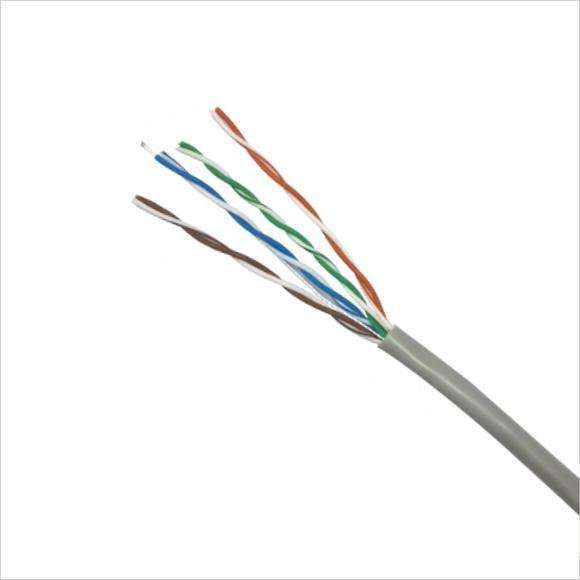
The difference between CAT5 and CAT5E.
The identification of class five lines is “CAT5”, bandwidth 100M, suitable for networks below hundred megabytes, the identification of super five lines is “CAT5E”, bandwidth 155M. CAT5 can meet the increasingly popular 100M/bps Ethernet, CAT5E is mainly used in gigabit network, but now also common applications in the LAN. CAT5 transmit signals with a maximum rate of 100MHz and are widely used. Ultra CAT5 transmit signals with a maximum rate of 100MHz, better performance than five lines, improved metrics such as NEXT, PS-ELFEXT, Atten, and support for duplex applications.
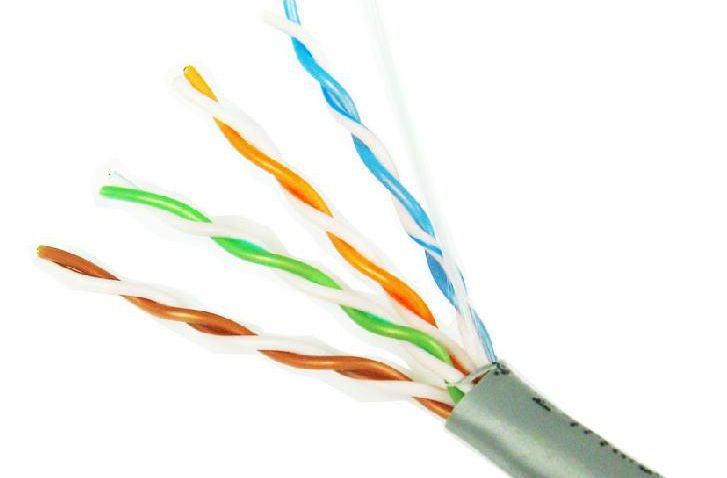
CAT5E mainly used for communication companies or network companies to deploy outdoor short distance links. The maximum effective communication distance of the CAT5 is 100M, and the maximum communication distance of the CAT5E is 300M. And the outer protective layer has a much longer service life than the CAT5. Most of the lines connected to your router or switch from the small zone gateway or the entire building network are CAT5E. While super five types of unshielded twisted-pair wires can also provide up to 1000Mb/s transmission bandwidth, they often require the support of expensive special equipment. As a result, it is typically applied only to 100Mb/s Fast Ethernet, enabling desktop switch-to-computer connectivity.
The difference between CAT5E and CAT6.
As people’s need for higher bandwidth and faster speed networks continues to grow, CAT5E and CAT6 are increasingly being used in people’s lives. At present, in the twisted-pair line of this family, compared with CAT3, CAT5 and CAT7 and other twisted-pair lines, CAT5E and CAT6 two twisted-pair lines are the most widely used range. Although the status of CAT5E and CAT6 is at hand, this does not mean that CAT5E and CAT6 can replace each other. Consumers still need to master the characteristics of each of the two, in order to make a better purchase according to their own network needs. So what are the differences between CAT5E and CAT6? First of all, the biggest difference between CAT5E and CAT6 is the difference in their performance. While both the CAT5E and CAT6 systems can transmit gigabit networks, the standard used by the CAT5E system to transmit gigabit networks is 1000Base-T, while 1000BASE-Tx is the way CAT6 systems work. From this point of view, the CAT5E system is only “able” to support Gigabit Ethernet, and the CAT6 system is a “truly guaranteed” use of Gigabit Ethernet.
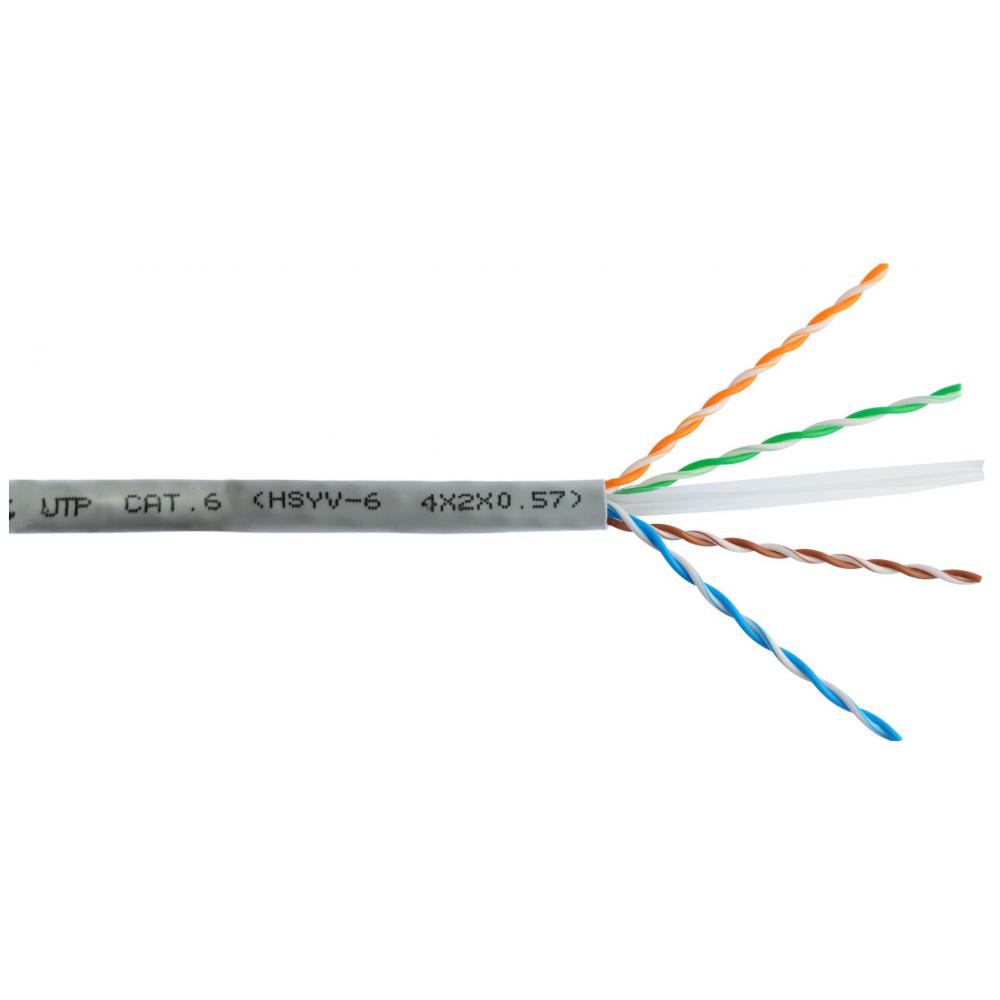
As a result, the CAT6 system is better adapted to the current building environment, especially in places where a large number of twisted-pair wires are concentrated and have many sources of interference, such as rooms with many electrical appliances (computers, telephones, various production equipment, etc.), devices, adjacent to power lines, lighting wires. Secondly, in the structure, there are obvious differences between CAT5E and CAT6. The CAT6 adds an insulated cross skeleton, placing four pairs of twisted-pair wires in four grooves of the cross skeleton respectively, and the cable has a large conductor diameter, small torque and a thicker outer diameter. This central cross new production process is also designed to avoid crosstalk between cables when applied to 1000BASE-T networks.
The difference between CAT6E and CAT6.
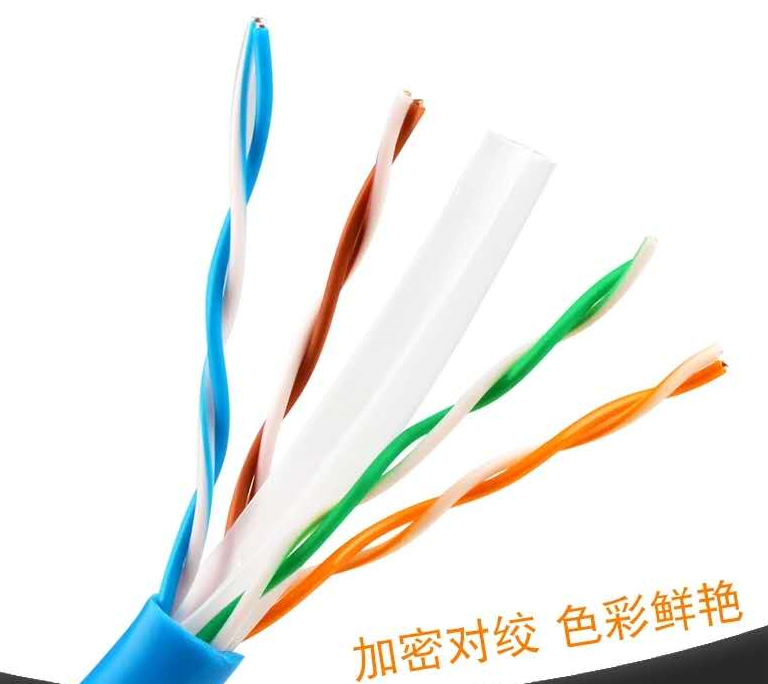
Since the release of the TIA-568C.2 standard in 2009, CAT6E has been widely used in various wiring systems. Compared with traditional CAT6, CAT6E has a higher transmission frequency and rate. In general, the bandwidth of the CAT6 is 250MHz, and the bandwidth of the CAT6E is twice times that of it, which is clearly a very good solution for a data center with high network bandwidth requirements. As the CAT6E of the current cabling system darling, supply will make a comparison with the traditional CAT6. At present, the number of 10G network ports in the data center is increasing, in the 10G Ethernet interface mode, 10GBase-T four pair of twisted wire is one of the most familiar ways we currently know. CAT6E is now used in data centers, with the further expansion of data center construction, the scale of use of CAT6E will be further expanded. It should be noted, however, that although CAT6E has a superior side to other cables, it also has its drawbacks and shortcomings. In the wiring, not blindly according to the performance of the advantages and disadvantages to choose, but according to the actual situation to choose the appropriate wiring system for their own.
What is the Cat.7
The CAT7 standard is a set of standards that support up to 600MHz bandwidth transmission wiring on a 100 ohm twisted-pair line. CAT7 is a 8-core shielding line, each pair has a shielding layer (generally metal foil shielding DINTEK), and then 8 cores outside there is a shielding layer (generally metal braided screen shielding DINTEK), the interface and the current RJ-45 is not compatible.
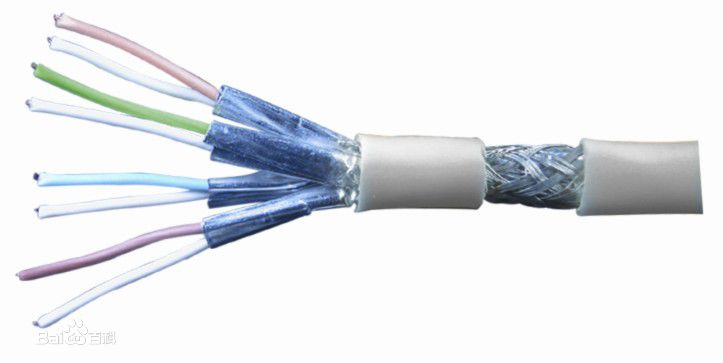
The difference between CAT7 and CAT6.
There are many notable differences between CAT7 and CAT6, most notably bandwidth, cat5e has a higher transmission bandwidth (at least 600MHz) compared to CAT4, CAT5, CAT6, and CAT7, The CAT6 channel provides at least 200MHZ of comprehensive attenuation to crosstalk ratio and overall 250MHZ bandwidth, and the CAT7 system can provide at least 500MHZ of comprehensive attenuation to the overall bandwidth of the crosstalk ratio and 600MHZ. Another difference between the CAT6 and CAT7 systems is their structure. CAT6 can use both UTP and STP, while CAT7 is based only on shielded cables. Each pair of lines in the CAT7 has a shielding layer, and the four pairs of lines together also have a large public shielding layer. In terms of physical structure, the additional shielding layer allows the CAT7 to have a larger line diameter. Another important difference is its ability to connect hardware, the parameters of the CAT7 system require the connection head at 600MHZ when all line pairs provide at least 60DB of integrated proximal string winding, while the CAT5E system only requires that the value of 43DB,CAT6 in 250MHZ be provided at 100MHZ as 46DB.
Finally, it needs to be explained that regardless of the use and purchase of that product, it is necessary to understand the principle of the barrel, that is, the use of the network rate of the online is how much, remember that high-performance products can be backward compatible, in turn not. Then home use of the network speed limit is the rate of the network card, in other words, the rate of the network card is how much, the network line is how much.
